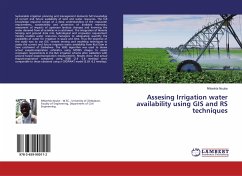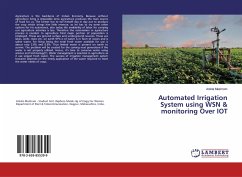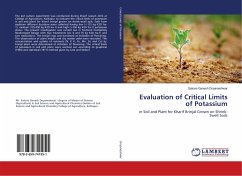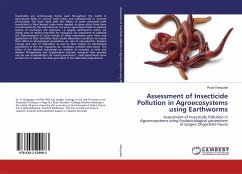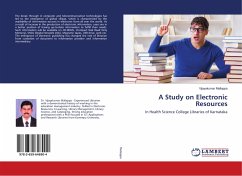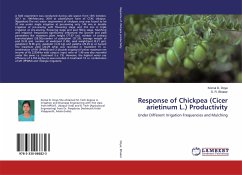Sustainable irrigation planning and management demands full knowledge of current and future availability of land and water resources. The full knowledge required consist of a deep understanding of the cropwater requirements, sustainability and protection of available reservoirs, assessment of impacts of upstream landuse changes and knowing the water demand from all activities in a catchment. The integration of Remote Sensing and ground data into hydrological and cropwater requirement models enables water resources managers to adequately quantify the availability of water for irrigation in space and time. Thus the objective of this study was to use GIS, remote sensing and modeling techniques to assess the current and future irrigation water availability from Ruti Dam in Save catchment of Zimbabwe. The SEBS algorithm was used to derive actual evapotranspiration estimates using MODIS images to assess cropwater requirements in the Ruti irrigation scheme after validation with ground based evapotranspiration measurements. Results show that actual evapotranspiration computed using SEBS (2.9 -5.8 mm/day) were comparable to those obtained using a CROPWAT model (3.03 -6.2 mm/day).

